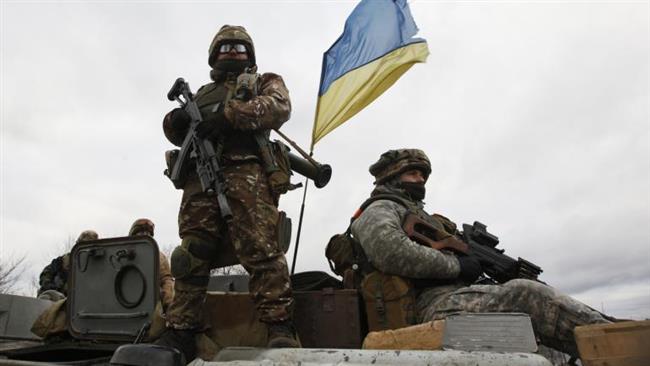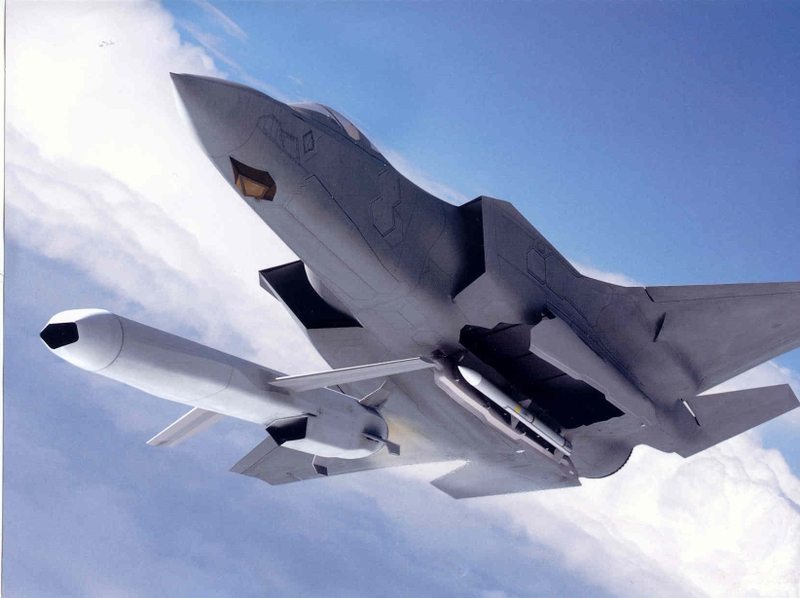Washington is once again considering military aid to Ukraine after fierce offensive by Kremlin-backed rebels, but defense experts fear it will only justify Russian conspiracy theories and drive East and West closer to full-blown war.
The recent rebel assaults across crucial parts of the frontline in eastern Ukraine may have been timed precisely out of fear the United States could soon get involved.
“One reason the rebels have intensified their offensive now is to make gains before potential US arms arrive,” said Andrew Wilson, author of “Ukraine Crisis: What it means for the West.”
“The US faces a moral dilemma: if it does not act now, the conflict could worsen. But there are big risks to getting involved.”
The White House is once again under pressure to up its involvement in the 10-month-old Ukraine conflict as ceasefire talks collapse and casualties soar.
The UN says 278 people were killed in the 12 days to January 21 alone as Russian-backed rebels sought to capture key transport and communication hubs.
An independent report released Monday by eight former senior American officials said it was time for Washington to provide $3 billion (2.7 billion euros) in military assistance to Ukraine.
“The West needs to bolster deterrence in Ukraine by raising the risks and costs to Russia of any renewed major offensive,” the report said.
‘Fulfilling the prophecy’
The White House has so far failed to commit, but says it is “constantly reviewing” its strategy.
“Although our focus remains on pursuing a solution through diplomatic means, we are always evaluating other options that will help create space for a negotiated solution,” the National Security Council said in a statement.
But some experts believe the military option will only play into the hands of Russian President Vladimir Putin.
“The conflict is being portrayed by the Kremlin as standing up to the West, claiming Kiev is a pawn of NATO,” said Nick de Larrinaga, Europe editor for IHS Jane’s Defence Weekly in London.
“Supplying lethal assistance would be fulfilling that prophecy, and could even harden Russia’s position.”
Indeed, part of the rationale for supplying military equipment is that other measures, such as economic sanctions, have failed to deter Putin.
“Western advocates for arming Ukraine have the best intentions, but they are not considering how crazy Russians are about Ukraine,” said Balazs Jarabik, of Carnegie Endowment for International Peace.
“They see it as their territory, their people. Their emotional and structural engagement is much greater than it ever will be for the US.”
The fear is that military assistance is only being discussed for lack of other options, and could ratchet up the confrontation to dangerous levels.
“There is a real risk now that we will end up in a war with Russia,” said Fiona Hill, of the Brookings Center in Washington.
“As far as Putin’s concerned we’re already in one, an economic and financial war, and if we start sending in weapons then we’ve taken that up a notch.”
Problem is not weapons
There is also the question of whether weapons would really make any difference.
The report by the former US officials highlighted Ukraine’s need for light anti-armour missiles to counter “the large numbers of armoured vehicles that the Russians have deployed in Donetsk and Lugansk”.
But many see equipment as a low priority.
“The problem is not the weapons — Ukraine is the fourth-biggest weapons producer in the world,” said Jarabik.
“Their problems lie in things like leadership, management, logistics.”
Western weapons also require specialist training, and that would mean NATO boots on the ground.
“If US forces showed up in Ukraine, even if just for training, it would justify everything the Russian conspiracy theorists have been saying all along,” said Jarabik.
Some observers argue neither Russia nor the West want to commit to full-blown war, and will let the fighters on the ground tire themselves out.
“It’s First World War combat, without planes, where the goal is to destroy artillery guns and advance, but the rebels have never been able to do that,” said Pavel Felgenhauer, an independent analyst for Russia’s Novaya Gazeta.
“It’s just a war of attrition which will end with both sides exhausting themselves.”
But others see nothing but escalation, and nothing but bad options for Ukraine’s Western partners.
“We have to recognise, I’m afraid, that we’re likely to have an increasingly hotter war with more and more devastation,” said Hill in Washington.
“And sending in weapons will only fuel that, and bring in the likelihood that we will have to intervene as well. Just like we had to ultimately in the Balkans and all the other interventions that we’ve done over time.”











